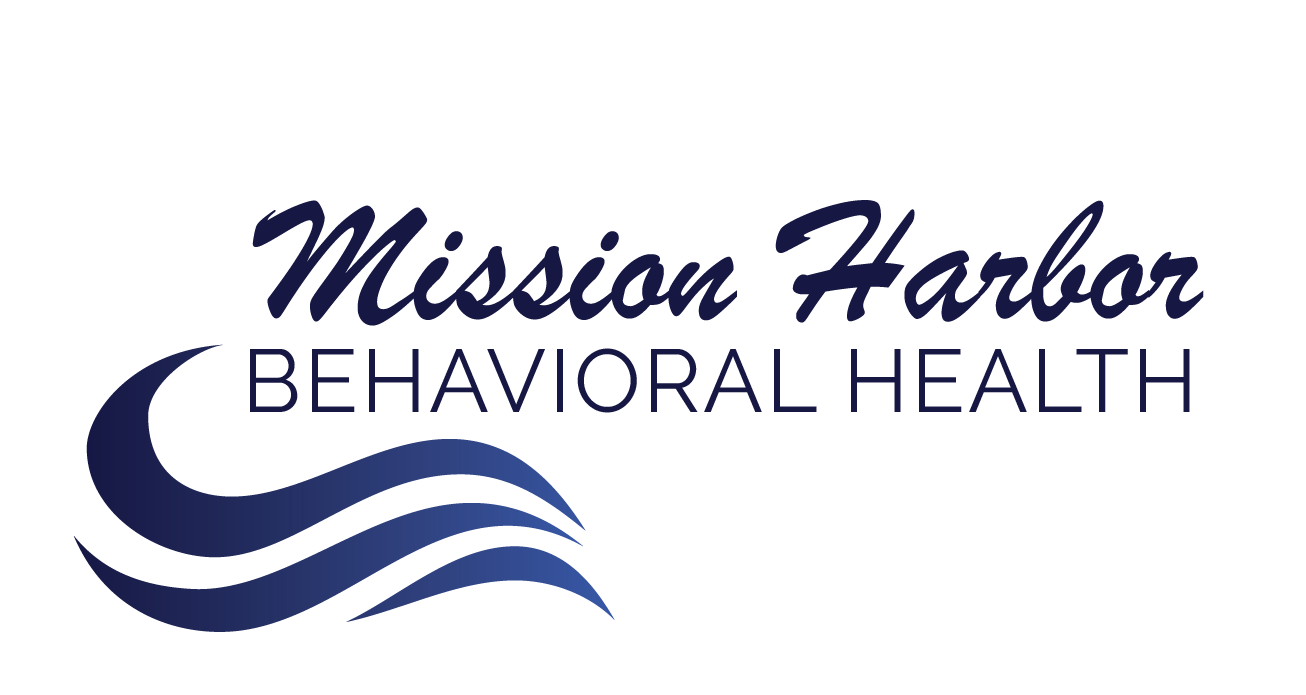
The decisions young adults make regarding drugs and alcohol can have a tremendous impact on their futures. Both young people and parents alike often wonder what are the risk factors for drug and alcohol addiction. It is important to understand that making all of the right decisions can still lead to the need for treatment. For some people, genetics can have a predetermining factor as to whether or not an individual becomes addicted to drugs and alcohol.
A person has around a 50% chance of developing addiction based on genetics, according to the National Institute for Drug Abuse. However, genetics are not always addiction risk factors. Each person will be different as addiction is complicated. Just because a family member suffers from addiction does not necessarily mean a child will develop the same predilection for substance use.
While a genetically predisposed individual may be at risk, a number of additional factors, and genes, also influence the overall outcome. It is important to consider all such factors, such as relationships, financials, job opportunities, trauma, family issues, culture, psychological influences, and more. If genetics is a factor, it is important to have awareness, look for signs, and implement preventative practices to minimize the development of substance abuse or addiction.
Gender Increases or Decreases Odds
Generally speaking, men are more prone to the development of substance use disorder than women at a rate of 11.5% to 6.4%, respectively. The fruition of addiction in both men and women can be attributed to both biology and sociology. It is believed that societal impact and pressures are partly related to these gender differences. And while men are more susceptible to addiction, women are more likely to overdose as a result of substance abuse.
Gender differences and addiction risk factors extend across all subsectors of drugs and alcohol. Men are typically more likely to fall prey to peer pressure that can quickly lead to addiction. Women are more likely to quickly transition from substance abuse to addiction, as well as to use illicit substances as a way to self-medicate. The types of substances each gender abuses are also different today than in the past, such as men now abuse prescription opioids more frequently and women now abuse most substances at the same rates as men
Certain Mental Illnesses are Associated with Substance Abuse
Mental illness and substance abuse are commonly directly associated. In the overall population, roughly half of all individuals with mental illness will also fall prey to substance use disorder, and the other way around, at some point in their lives. Amongst adolescents, this figure increases to 60%.
Oftentimes, people will use substances as a way to self-medicate when they are unaware of underlying mental health issues. This quickly leads to substance abuse, dependency, and addiction if mental health is not diagnosed and treated in a professional manner. For individuals who abuse substances, mental illnesses can develop as a result of the abuse, such as depression, anxiety, and others.
The following are some common mental illnesses that often have a direct association with substance abuse and addiction that can be treated at various facilities, such as Southern California rehab centers:

It is important to note that there is a direct link amongst part of the population that will experience an increased risk of addiction later in life when children and adolescents use drugs or alcohol with a mental health disorder. In fact, many young people and adults will be given a dual diagnosis of both substance abuse and mental health issues once they begin to receive treatment for one.
Daily Environmental Influences and Pressures Contribute
As previously mentioned, societal and cultural influences can also play a role in addiction. Young people can easily give in to peer pressure. This is also true of adults. Such behavior is common as it is human nature to want and need to belong to and be accepted by a group of peers. These circumstances can be dangerous for anyone; however, it is particularly risky for individuals with addiction genes.
Lifestyle choices are another association with risky environmental influences. Individuals who are dedicated to a healthy lifestyle of eating right, exercising, drinking plenty of water and sleeping enough will help reduce the likelihood of developing substance abuse or addiction. However, even healthy people can become addicts in the right environment.
Environmental factors can weigh heavily on any individual, such as bad relationships, poor role models, financial limitations, unemployment, negative friends, stress, unhealthy family dynamics, and many others. A person who has a busy social calendar of events filled with alcohol or other substances can also lead to a substance use disorder. And the type of people one chooses to associate with, as well as parents and their substance use behavior, can also have a direct impact on the outcome of drug and alcohol use.
Early Age Substance Abuse Has Risks
The age at which one begins to abuse substances is another influence in the development of substance abuse, dependency, and addiction. While anyone is prone to addiction at any point in their life, young people are particularly vulnerable during adolescence. This is the time when mental illness begins to appear. The brain of a young person is still developing. And it is the period in one’s life when they begin to form relationships with lifestyle choices whether good or bad.
Just like adults, young people can experience high levels of stress and other factors that leave them vulnerable to turn to drugs and alcohol as a way to cope with the challenges in life, such as sexual abuse, violence, bullying, academics, sports, and many more. Without a solid support system, healthy relationships and open communication with adult figures, young people are at risk. Unfortunately, most kids do not want to talk to their parents about their problems. And in some cases, parents are the source of the child’s distress that leads to substance abuse.

Education, prevention practices, and communication are key to helping young people form healthy associations with substance use. However, this is not always enough. It is highly important for young people to monitor mental and behavioral health as a lifelong process just as one does with annual physicals, eye exams, etc. When young people and parents understand what are the risk factors for drug and alcohol addiction, they can learn to manage life successfully without substances.
At Mission Harbor, we are a Southern California rehab outpatient treatment center with programs specifically designed for teens and young adults. Our services center around mental health issues most common in young people, as well as substance abuse and family healing. Visit our website or call us today to learn more.
The facilities at Mission Harbor are staffed with trained experts to best assist patients with their mental health issues. We are capable of dealing with any and all cases with a licensed staff, equipment, and approved techniques. Our mission is to help those who want to help themselves, and we support your decision in seeking help.
Get Help Now
Alcohol addiction is extremely difficult to overcome on your own.. Seek specialized help and let professionals guide you in your recovery.

